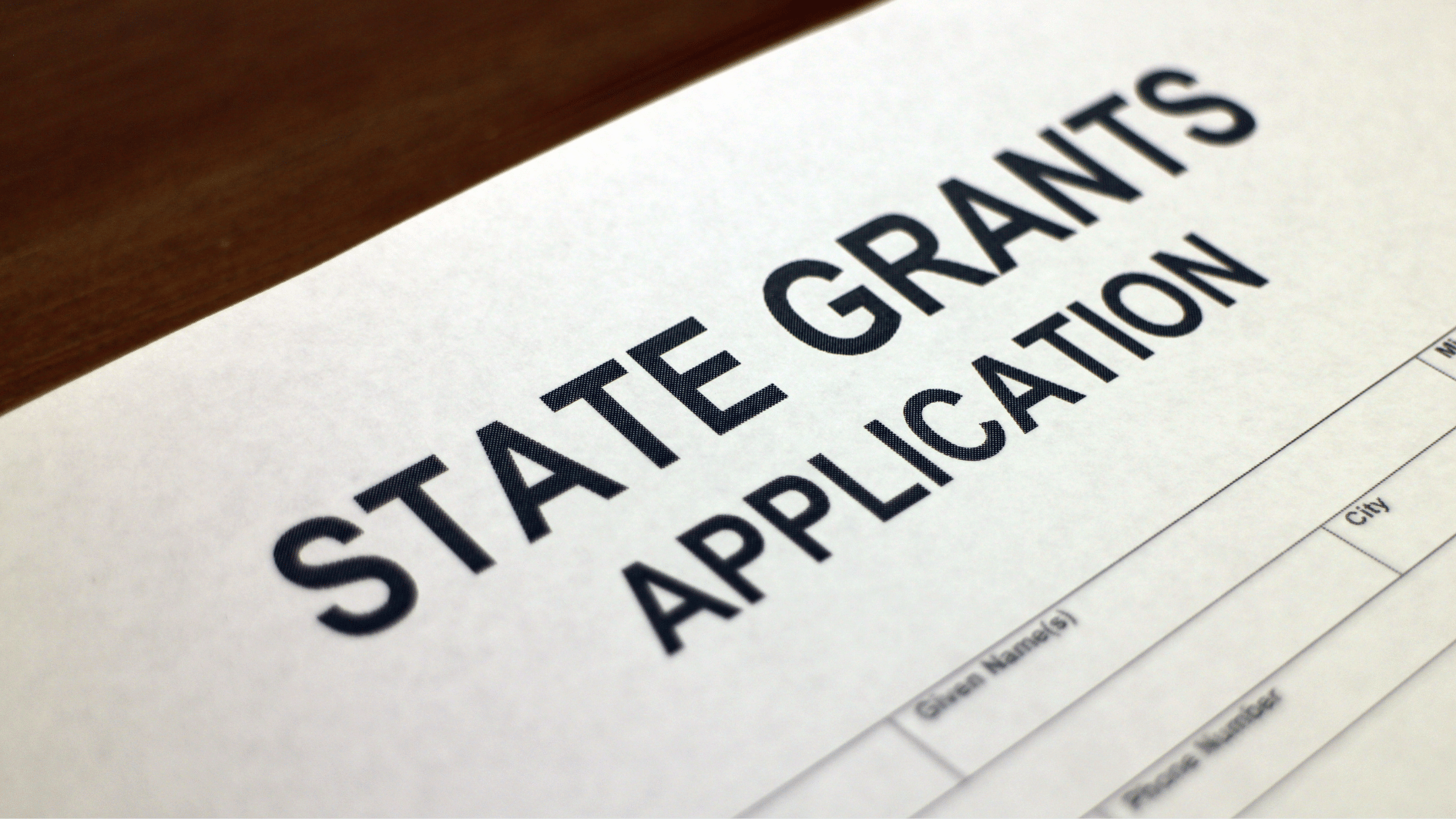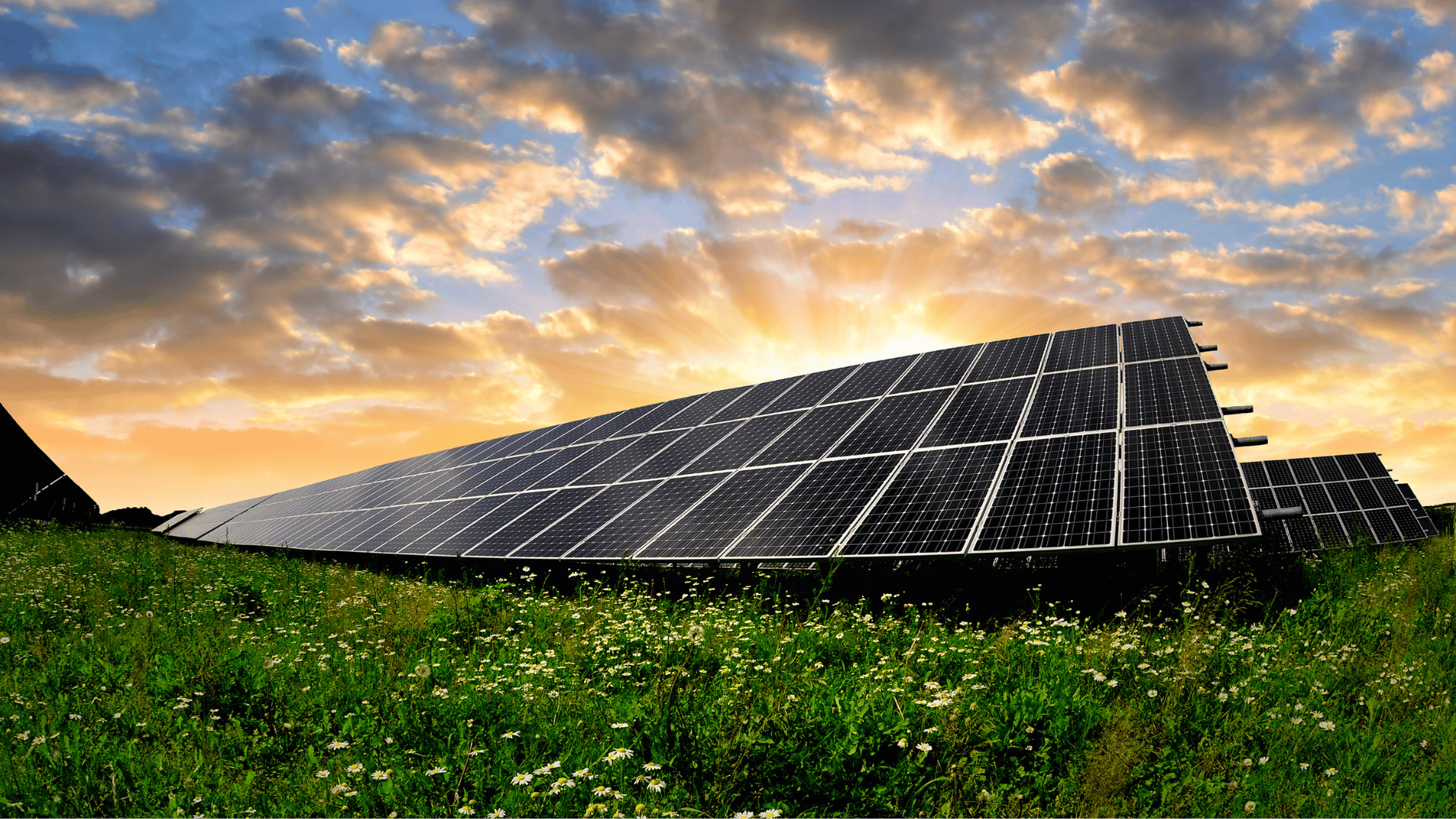Image source: Canva.com
Alaska draws approximately 2.6% of its retail electricity from renewable sources like solar, wind, and geothermal, according to the Renewables on the Rise 2024 report, published by the Alaska Environment Research & Policy Center. While this renewable output powers around 14,293 homes, Alaska’s usage lags behind the national average, where renewable energy sources comprised 16% of U.S. electricity generation in 2023.
The report highlights a pressing need for sustainable energy as Alaska’s railbelt region confronts an impending natural gas shortage and the potential development of a new coal plant, despite substantial federal funding for renewable infrastructure. Dyani Chapman, Alaska Environment’s State Director, stressed the importance of developing a resilient energy system: “One way or another, ratepayers are going to be investing in new infrastructure in the next few years. Energy sources that won’t run out and protect our air, water, and climate are the ideal, so it only makes sense to invest in the infrastructure that will benefit future generations of Alaskans.”
Despite its relatively low ranking, Alaska’s clean energy landscape shows signs of growth. Since 2013, electric vehicle registrations surged by more than 5,000%, and the state now has 124 public EV charging ports, up from just one in 2014. Grid-connected solar also went from non-existent in 2013 to supplying power for over 2,191 homes today. Alaska has achieved a notable milestone in energy storage, ranking 12th nationally for battery energy capacity.
However, much of Alaska’s renewable potential remains untapped. To fully capitalize on it, the report urges state and local governments to adopt clear clean energy goals, utilize federal funding, and streamline policies for permitting and interconnection. It further recommends boosting energy efficiency through utility programs, building codes, and appliance standards.
The Renewables on the Rise 2024 report showcases progress across the U.S., noting that renewable electricity from solar and wind has more than tripled over the past decade. It tracks six key areas of clean energy development: solar, wind, battery storage, energy efficiency, electric vehicles, and EV charging infrastructure.
“This report is a timely reminder of Alaska’s immense, largely untapped clean energy potential,” Chapman emphasized. “Alaskans are already benefiting from recent progress, but there’s much more we can do to build a clean, renewable energy future.”

Alaska becomes latest state to legalize community solar
Source: Alaska Sporting Journal





